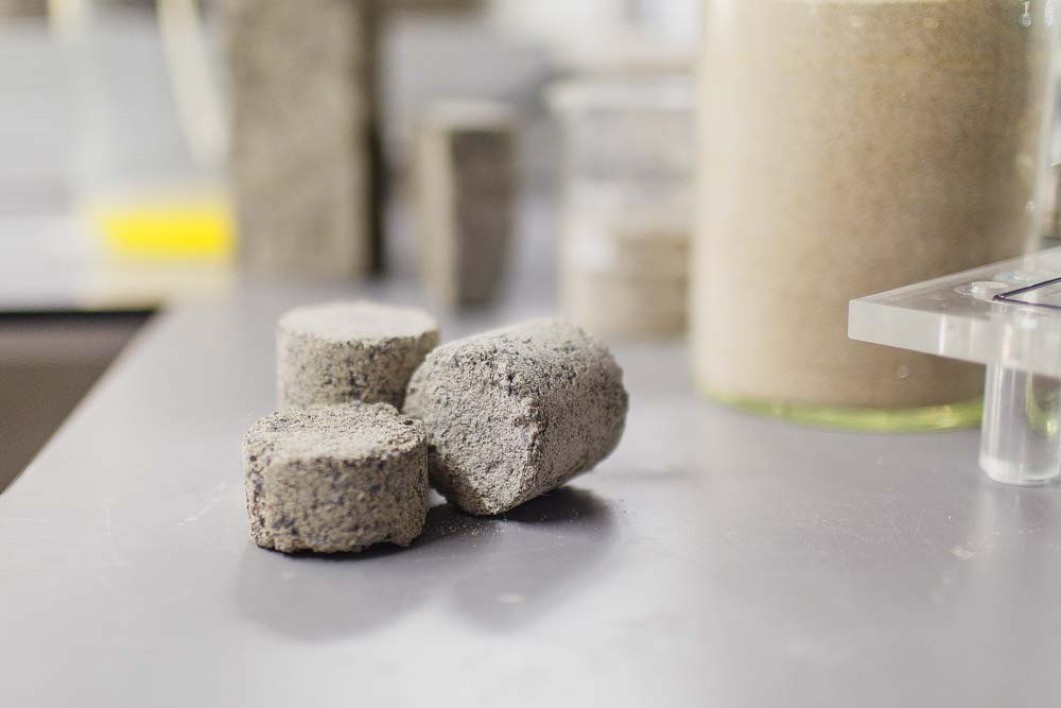Students from the South African University of Cape Town shook the scientific world with their discovery. They developed a new building material, in the production of which human urine, sand and bacteria were used.
Biobricks are produced according to a special procedure in which he participates urease enzyme, which is made by bacteria living in the sand. Urease reacts with urea, and after the course of a complex chemical reaction, it is formed calcium carbonate. In this way, the sand can be hardened and shaped as desired.
The production of special bricks was very efficient, as it takes place at room temperature. Just for comparison - ordinary bricks are produced at kar 1400 °C, and at the same time large quantities are released carbon dioxide.

After the concept of using urea in the production of building materials was already tested in the USA, the student Suzanne Lambert can boast that it was the first to use it as part of the process human urine.

Scientists also believe that z by regulating the growth of bacteria can influence brick strength, which will therefore be adapted to the customer's requirements.

According to the words dr. Dyllon Randall, a lecturer at the University of Cape Town, the discovery is revolutionary mainly because thanks to him it will be possible to create new products from waste materials.
Randall compares urine to liquid gold. although it occupies only 1 % volume of waste water, and contains 80 % nitrogen, 56 % of phosphorus and 63 % potassium in all the world's wastewaters. For example, phosphorus can be converted into calcium phosphate, otherwise a key component of fertilizers supported by commercial agriculture.
More information:
news.uct.ac.za






